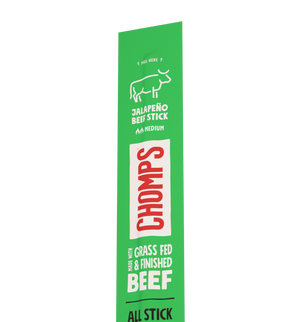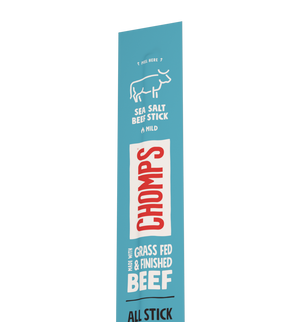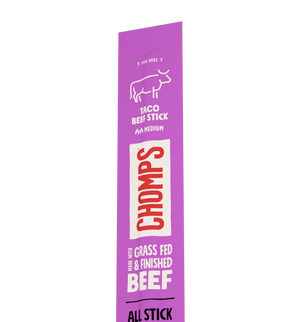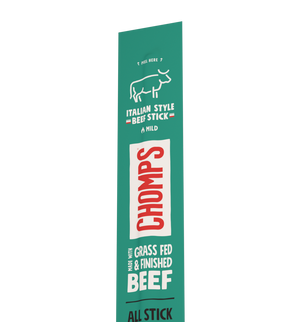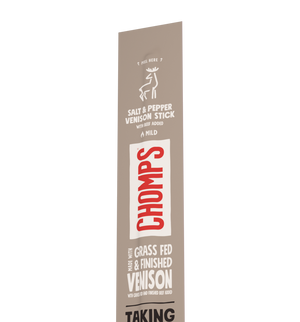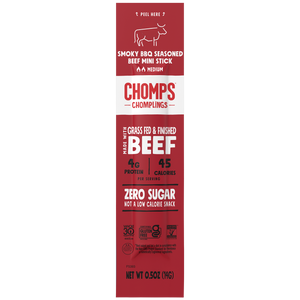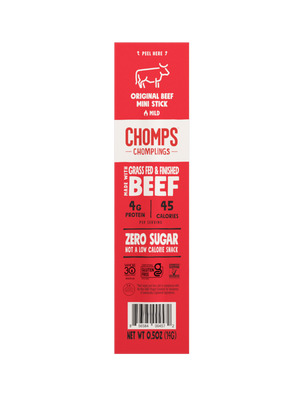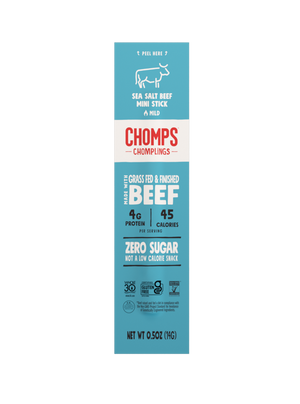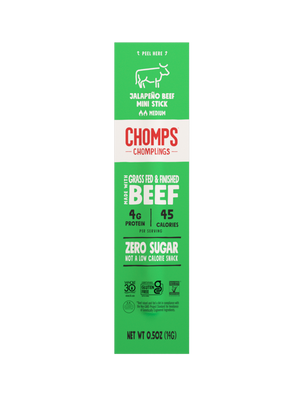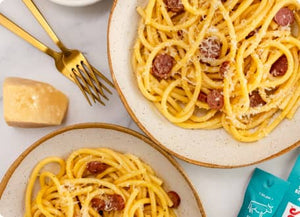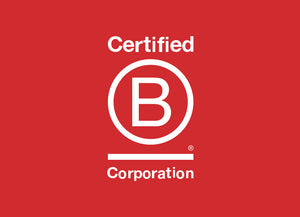Leaping into a gluten and dairy-free diet can feel overwhelming given the number of foods and products that contain one or both of these. Not to mention, the countless opinions of peers and social media “experts” telling you what to eat (and not eat).
If you’re looking to ditch dairy and gluten but aren’t sure where to begin, this one’s for you. We’re covering foods to include, foods to avoid, potential health benefits, and tips for successfully adopting a gluten and dairy-free diet.
What is a Gluten and Dairy-Free Diet?
Following a gluten and dairy-free diet means you’re removing foods, ingredients, and recipes that contain these two things.
Gluten is a group of proteins found in wheat, barley, and rye. It gives dough its elasticity, helping it rise and maintain its shape during baking. However, eating gluten can cause digestive issues in some people with conditions like Celiac disease (an autoimmune disease) or non-Celiac gluten sensitivity.
Dairy is, of course, a category of foods including cow’s milk and products made with it, like yogurt, butter, sour cream, mayonnaise, ice cream, and cheese. Dairy foods contain specific milk proteins, including casein and whey, as well as a type of sugar called lactose. These compounds in dairy products are often what people are avoiding when they choose to go dairy-free.
Overall, there are many reasons why someone might choose, or be prescribed a gluten and dairy-free diet. For example, it might be part of an elimination diet, to see whether one of these things is triggering unwanted symptoms when eating.
Avoiding gluten and dairy might be a decision related to specific health goals, like reducing inflammation, supporting weight loss, allergies, or concerns about an autoimmune disease or intolerance. Both gluten and dairy may trigger side effects like bloating, changes in bowel habits, and other digestive discomfort, as well as fatigue and even skin issues.
13 Gluten and Dairy-Free Foods to Include for a Healthy Diet
1. Fruits
Fruits are a safe bet when it comes to steering clear of gluten and dairy. Enjoy apples, oranges, berries, bananas, grapes, and more. Fruits are also packed with vitamins, minerals, fiber, and antioxidants that help keep your cells healthy. Add fruits to your oatmeal, yogurt, and smoothies, or eat them with a side of nut butter.
2. Vegetables
Consider this your sign to pack your fridge with spinach, kale, broccoli, carrots, bell peppers, cauliflower, mushrooms, and any other veggies you like. Vegetables are full of nutrients and fiber to support your digestion and overall health. Toss these gluten-free and dairy-free foods in salads, soups, pasta dishes, and sandwiches.
3. Lean Proteins
Protein isn’t hard to come by, so take your pick of sources like chicken, turkey, fish, seafood, tofu, tempeh, legumes (beans, lentils, and peas), nuts, and seeds. Chomps meat sticks come in an array of tasty flavors made from venison, turkey, and beef, each providing 10-12 grams of protein.
4. Whole Grains
Whole grains are higher in fiber and other nutrients than their refined counterparts. Some of the best gluten-free whole grains include quinoa, rice, millet, buckwheat, amaranth, and gluten-free oats. Try them for breakfast, in salads and soups, in homemade veggie burger patties, and as a base for stir-fries.
5. Gluten-Free Flour
Just because you’re gluten-free doesn’t mean you have to give up baking. There are plenty of gluten-free flours that work well — just be sure to check the directions for substituting them in place of all-purpose flours. Some examples include almond flour, coconut flour, chickpea flour, tapioca flour, and sorghum flour.
6. Dairy-Free Milk Alternatives
Gone are the days when rice and soy milk were the only dairy-free milk options. Today, you can also choose from plant-based milk made from almonds, cashews, hemp, peas, oats, hazelnuts, and even pistachios. All of them will have slightly different tastes and textures, but you can enjoy them in the same ways — in cereal, coffee, smoothies, soups, and homemade sauces.
7. Dairy-Free Yogurt Alternatives
With the growth of dairy-free milk options, there are also many dairy-free yogurts. For example, many stores carry coconut yogurt, almond yogurt, soy yogurt, oat yogurt, and pea yogurt. Enjoy them the same way you would dairy yogurt. You can even add things like gluten-free granola, nuts, seeds, or berries.
8. Healthy Fats
Fats are an essential nutrient in your diet, so it’s important to include dairy-free sources. Avocado, olive oil, coconut oil, nuts (almonds, walnuts, cashews), and seeds (chia seeds, flaxseeds) are great options.
9. Herbs and Spices
Gluten and dairy-free cooking doesn’t have to be boring or flavorless. Experiment with the seasonings sitting in your spice cabinet, like basil, oregano, thyme, turmeric, cinnamon, cumin, paprika, ginger, and turmeric.
10. Condiments and Flavorings
You might be surprised by how many condiments contain gluten and dairy. But don’t worry, there are plenty that don’t. Look for balsamic vinegar, apple cider vinegar, mustard, salsa, guacamole, tahini, and hummus. Just be sure to check for gluten-containing ingredients.
11. Sweeteners
If you’re used to using sweetening agents that contain dairy and gluten, try maple syrup, honey, coconut sugar, or stevia instead. These can be used in recipes, coffee, or tea, for example.
12. Snacks
Gluten and dairy are prevalent in the snack aisle. Fortunately, with the growing number of people eliminating these from their diets, more snack companies are making options that align with these preferences. You usually can’t go wrong with plain rice cakes, popcorn, gluten-free crackers, veggie sticks with hummus, or trail mix (without gluten-containing ingredients).
13. Beverages
To state the obvious, you’re going to have to stop drinking cow’s milk on a dairy-free diet. Instead, focus on staying hydrated with plain water. You can mix in things like herbal teas, coffee, 100% fruit juices, and sparkling water, too.
Foods to Avoid in a Gluten and Dairy-Free Diet
We like to focus on the things you can still include when you’re ditching gluten and dairy, but it’s important to be aware of common places you’ll find them, like:
- Wheat
- Barley
- Rye
- Milk
- Cheese
- Yogurt
- Butter
- Cream
- Ice cream
- Cottage cheese
- Whey protein
- Processed foods containing gluten or dairy ingredients
If you’re not sure whether something contains gluten or dairy, always check the ingredient label. You can also check for the allergen call-out, which will say wheat and/or milk, for example.
Tips on How to Start a Gluten and Dairy-Free Diet
1. Educate Yourself
Take the time to research gluten and dairy-free foods, ingredients to avoid, and alternatives you’re interested in trying. Familiarize yourself with food labels to identify hidden sources of gluten or dairy in packaged products, as they can be hidden in places you might not expect.
2. Plan Ahead
Before going all-in on the diet, be as prepared as possible. Plan your meals and snacks to make sure you have plenty of options readily available. Think about the foods you eat most often and find alternatives so as not to disrupt your routine too much. Stock your pantry and fridge with staples like fruits, vegetables, lean proteins, gluten-free grains, and dairy-free products.
3. Seek Support
Join online communities, forums, or even local groups for people following gluten and dairy-free diets. Here, you can find valuable tips, recipes, and encouragement that make the transition easier and more enjoyable. Consider meeting with a registered dietitian for personalized advice.
Health Benefits of a Dairy and Gluten-Free Diet
Everyone makes changes to their diet for different reasons. This could be related to health goals, weight loss, trying to eliminate unwanted side effects or even ethical or environmental concerns. Below are some of the biggest health benefits of going gluten and dairy-free that draw many people toward this way of eating.
- Reduced symptoms: Avoiding dairy can alleviate symptoms of lactose intolerance, like bloating, gas, and diarrhea. Eliminating gluten can help improve symptoms of conditions like Celiac disease or non-celiac gluten sensitivity.
- Improved skin health: Some people find that no longer eating dairy and gluten can lead to clearer skin and even address issues like acne or eczema.
- More diverse nutrient intake: A dairy-free diet can allow for more varied sources of calcium and vitamin D. Plus, focusing on whole, gluten-free foods can help you eat more fruits, vegetables, lean proteins, and healthy fats.
- Potential weight management: Removing ultra-processed foods containing gluten and dairy may help you eat fewer calorie-dense, nutrient-poor foods.
- Happier bellies: For those with sensitivities or intolerances to gluten or dairy, eliminating these ingredients might help reduce digestive inflammation and promote gut healing.
- More energy: Some people report feeling more energized after eliminating gluten and dairy.
The Bottom Line
Making any big change to your diet can feel overwhelming. If you decide to go gluten and dairy-free at the same time, it’s important to be prepared and have a plan. Understanding what foods are likely to contain these, and having alternatives on hand, is a good place to start. Eventually, eating gluten and dairy-free foods will just be a way of life and you can enjoy all the benefits doing so offers.
Going Gluten and Dairy-Free: FAQs
How do you eat out when you are gluten and dairy-free?
Don’t let changes in your diet preferences prevent you from going out and enjoying social activities. A growing number of restaurants cater to the dairy and gluten-free crowd, so it should be fairly easy to find options (or ask for substitutions) at most places. When you’re there, communicate your needs to your waiter if the ingredients are unclear on the menu. It’s helpful to look at menus beforehand so you’re prepared.
What happens to your body when you cut out gluten and dairy?
Cutting out gluten and dairy may affect people differently, especially if you have different reasons for doing so Some people might find that bloating, gas, and diarrhea disappear if there were intolerances to begin with. Others might be happy to see their skin clearing up or to feel more energized. It all depends on the person.
How long does it take to feel better after going gluten and dairy-free?
Because feeling better is subjective, it depends on the reasons you stopped eating them. Some people may experience improvements in digestive symptoms within a few days to weeks, while others may take longer to notice changes. Your body doesn’t change overnight, so it’s important to practice consistency and be patient.


